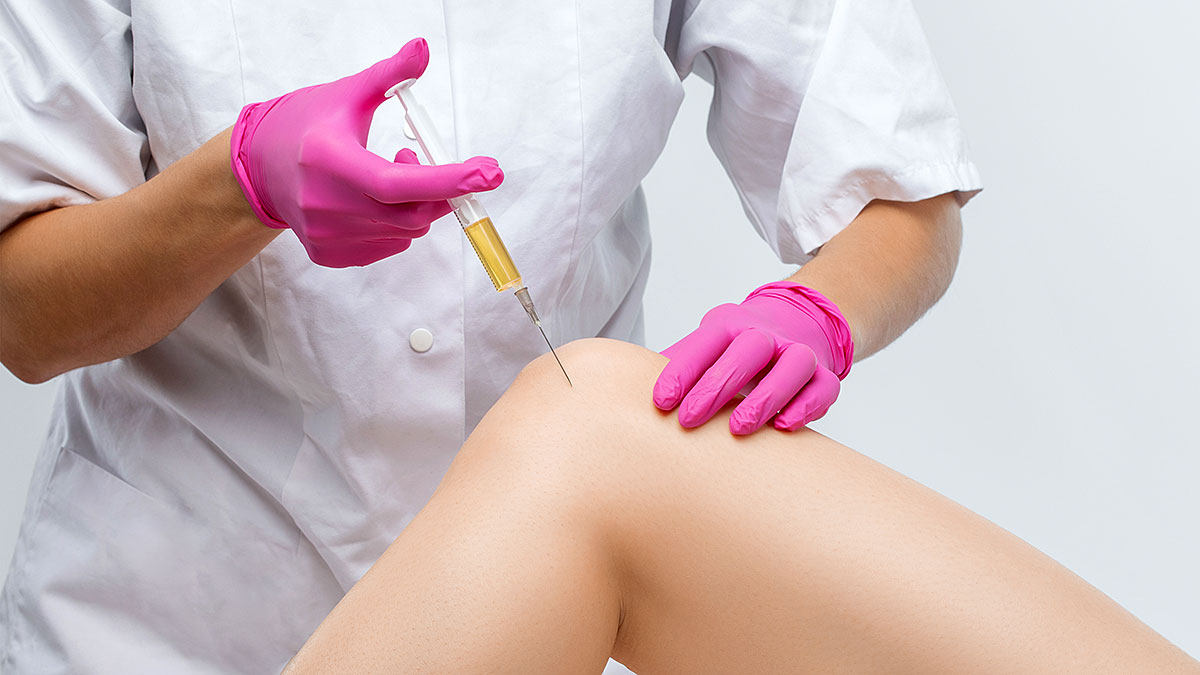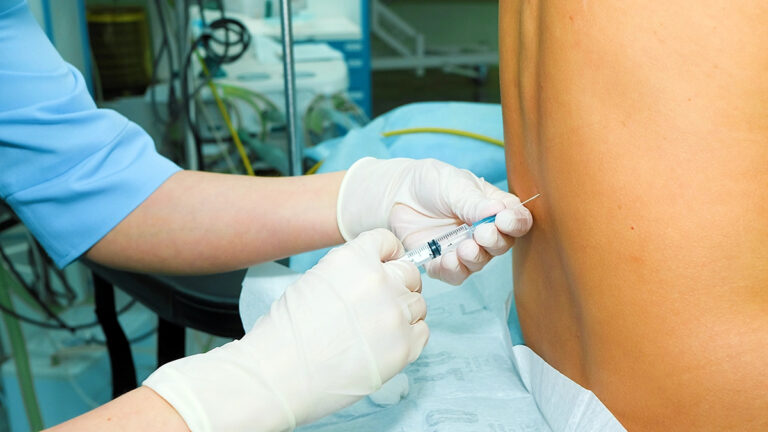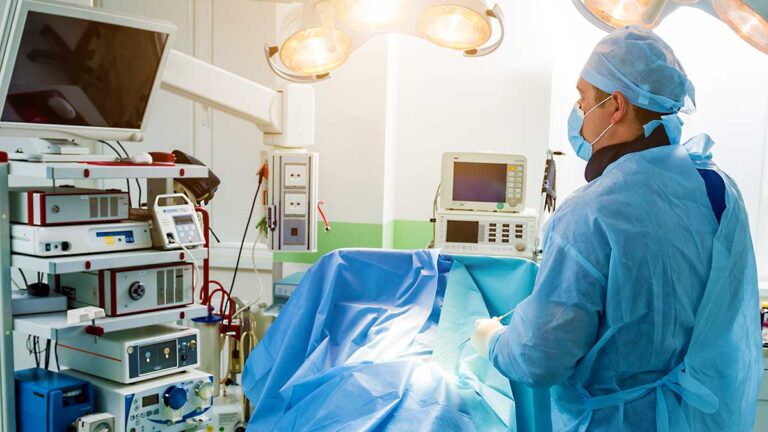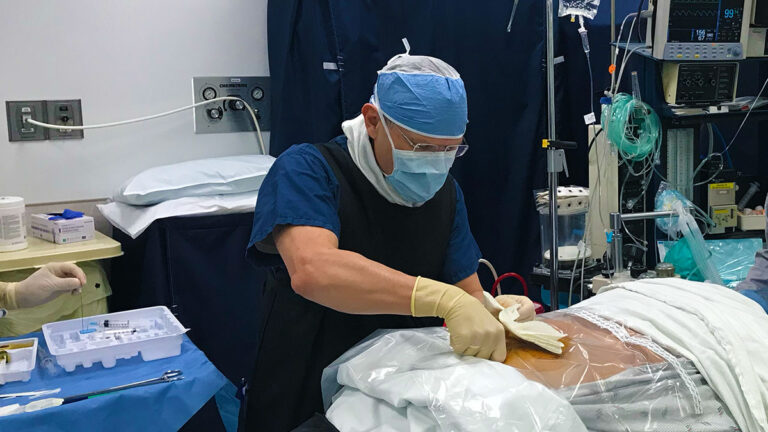Platelet-rich plasma (PRP) injections are a type of regenerative medicine that involves using a patient’s blood to stimulate the healing process in injured tissues. PRP injections have been used to treat various conditions, including musculoskeletal injuries, osteoarthritis, and tendonitis.
During a PRP injection, a small amount of the patient’s blood is drawn and processed to concentrate the platelets, which contain growth factors and other proteins that promote tissue healing and regeneration. The concentrated PRP is then injected into the affected area, where it can stimulate the healing process and reduce inflammation.
The benefits of PRP injections include:
- Reduced pain and inflammation: PRP injections can help reduce pain and inflammation in the affected area, allowing patients to return to regular activities more quickly.
- Improved function: PRP injections can help improve physical function and quality of life for patients with musculoskeletal injuries, osteoarthritis, and other conditions.
- Customizable treatment: PRP injections can be tailored to each patient’s specific needs, including the location and amount of PRP used and the number of injections given.
- Minimally invasive: PRP injections are minimally invasive, causing less pain and scarring than traditional open surgeries.
- Reduced risk of complications: Because PRP injections use the patient’s blood, there is little risk of allergic reactions or other complications.
PRP injections represent a new paradigm in regenerative medicine, offering patients a safe and effective treatment option that can help stimulate the body’s natural healing processes.
PRP injections can be used to treat a variety of musculoskeletal conditions, including:
- Tendonitis: PRP injections can help reduce pain and inflammation associated with tendonitis, as well as promote healing of the damaged tendon.
- Osteoarthritis: PRP injections have improved pain, function, and quality of life for knee osteoarthritis, hip, and other joints.
- Muscle strains: PRP injections can help promote the healing of muscle strains and reduce pain and inflammation in the affected area.
- Ligament injuries: PRP injections have been used to treat ligament injuries such as sprains and tears, promoting healing and reducing pain and inflammation.
- Fractures: PRP injections have been used to promote the healing of fractures, reduce pain, and promote bone regeneration.
Patients typically expect to feel soreness and discomfort at the injection site after the procedure, but this usually resolves within a few days. The number of injections needed and the frequency of injections can vary depending on the condition being treated and the patient’s needs. Many patients report significant improvement in their symptoms after PRP injections, with some experiencing long-lasting pain relief.
PRP injections work by stimulating the body’s natural healing process. Platelets in the blood contain growth factors and other proteins that are essential for tissue repair and regeneration. By concentrating these platelets and injecting them into the affected area, PRP injections can provide a high concentration of these growth factors to promote tissue healing and reduce inflammation.
PRP injections offer a safe and effective treatment option for patients with various musculoskeletal conditions. By stimulating the body’s natural healing processes, PRP injections can promote tissue healing and reduce pain and inflammation, improving many patients’ function and quality of life.




